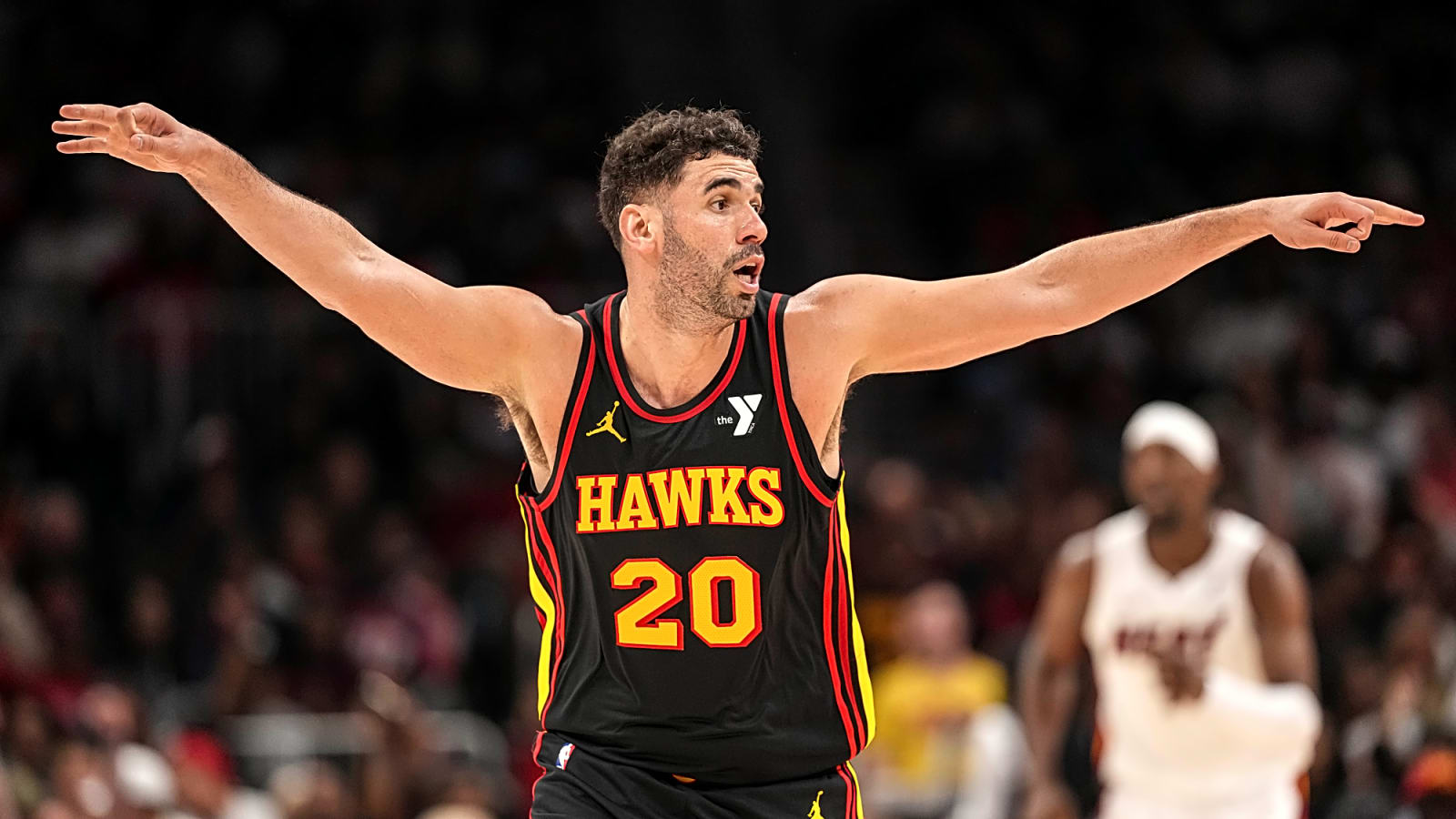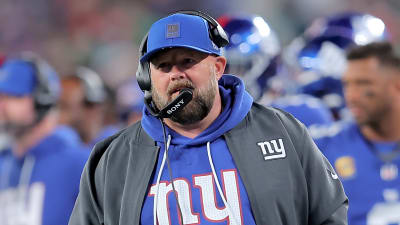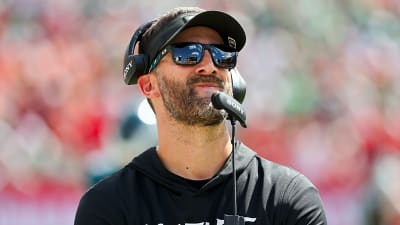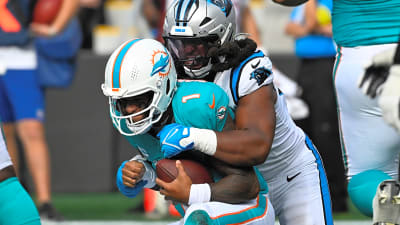
The Utah Jazz got the kind of professional headline no team wants — Georges Niang is on the shelf.
The forward suffered a stress reaction in the fourth metatarsal of his left foot during offseason training, the club said. It’s not catastrophic news, but it does force Will Hardy to reshuffle the early depth chart and tinker with lineups before the real games start.
Georges Niang Injury Update:
Niang suffered a fourth metatarsal stress reaction in his left foot during offseason training and conditioning. He will be reevaluated in two weeks.
| https://t.co/Wo7NWnNTX3#TakeNote
— Utah Jazz (@utahjazz) September 27, 2025
Niang’s Value Beyond the Box Score
Niang isn’t a big star, but what he does is space the floor, keep the ball moving, and steady the second unit, which tends to disappear in a box score for the Jazz. Utah reacquired him in August, betting that a familiar face with a 39-40% career clip from three could grease the offense around a young core that’s still learning how to win together. Now, that shot diet and veteran calm are temporarily missing, just as camp reps were supposed to harden roles.
Adjusting the Rotation
The immediate question is how Hardy adjusts his rotation. Without Niang soaking up those bench forward minutes, Hardy can lean harder into youth or go smaller. Taylor Hendricks‘ development track was already a storyline; this nudges it forward.
Jazz Injury Report:
OUT – Jordan Clarkson (left plantar; fasciitis)
OUT – Isaiah Collier (right hamstring; soreness)
OUT – John Collins (left ankle; sprain)
OUT – Elijah Harkless (left groin; strain)
OUT – Taylor Hendricks (right fibula; fracture)
OUT – Walker Kessler…
— Utah Jazz (@utahjazz) April 12, 2025
Lineups with Keyonte George plus another ball-handler can push pace and shooting, but they’ll need backline rebounding and discipline from Walker Kessler to survive the grind.
The alternative is size first, heavier minutes for the traditional fours, slower tempo, fewer early threes, all at the risk of gumming up the spacing that Niang naturally provides. Utah’s own preview material has stressed off-ball spacing and simple reads for its bigs; Niang’s absence stress-tests that plan.
The Intangibles Utah Will Miss
Niang has spoken openly about embracing a mentor role. “Now I’m the older veteran guy… being a mentor, teaching the young guys, but still going out there and competing,” he said after rejoining Utah. The Jazz themselves highlighted his value as a steady locker room presence for a young roster, not just a shooter in the rotation. What they can do is tighten details: cleaner first actions in half-court sets, earlier matchups in transition, and a firmer glass-by-committee mandate until bodies are back.
Outlook Moving Forward
The timeline, for now, is friendly. A stress reaction is a warning light, not a shutdown order, and the team’s two-week check-in leaves room for him to ramp before the schedule turns unforgiving.
Utah is not building its season around Niang, but the margin between frisky and functional often lives with players like him. If the Jazz can bank competence while he heals, hold serve on the boards, keep the turnover diet lean, keep threes honest, his return will feel bigger than the headline that sent him to the sideline in the first place.
More must-reads:
- Former NBA champion calls for LeBron James to retire after this season
- Knicks made correct call with Jalen Brunson amid Giannis Antetokounmpo trade rumors
- The 'Team USA men's basketball coaches' quiz
Breaking News
Trending News
Customize Your Newsletter
 +
+
Get the latest news and rumors, customized to your favorite sports and teams. Emailed daily. Always free!








